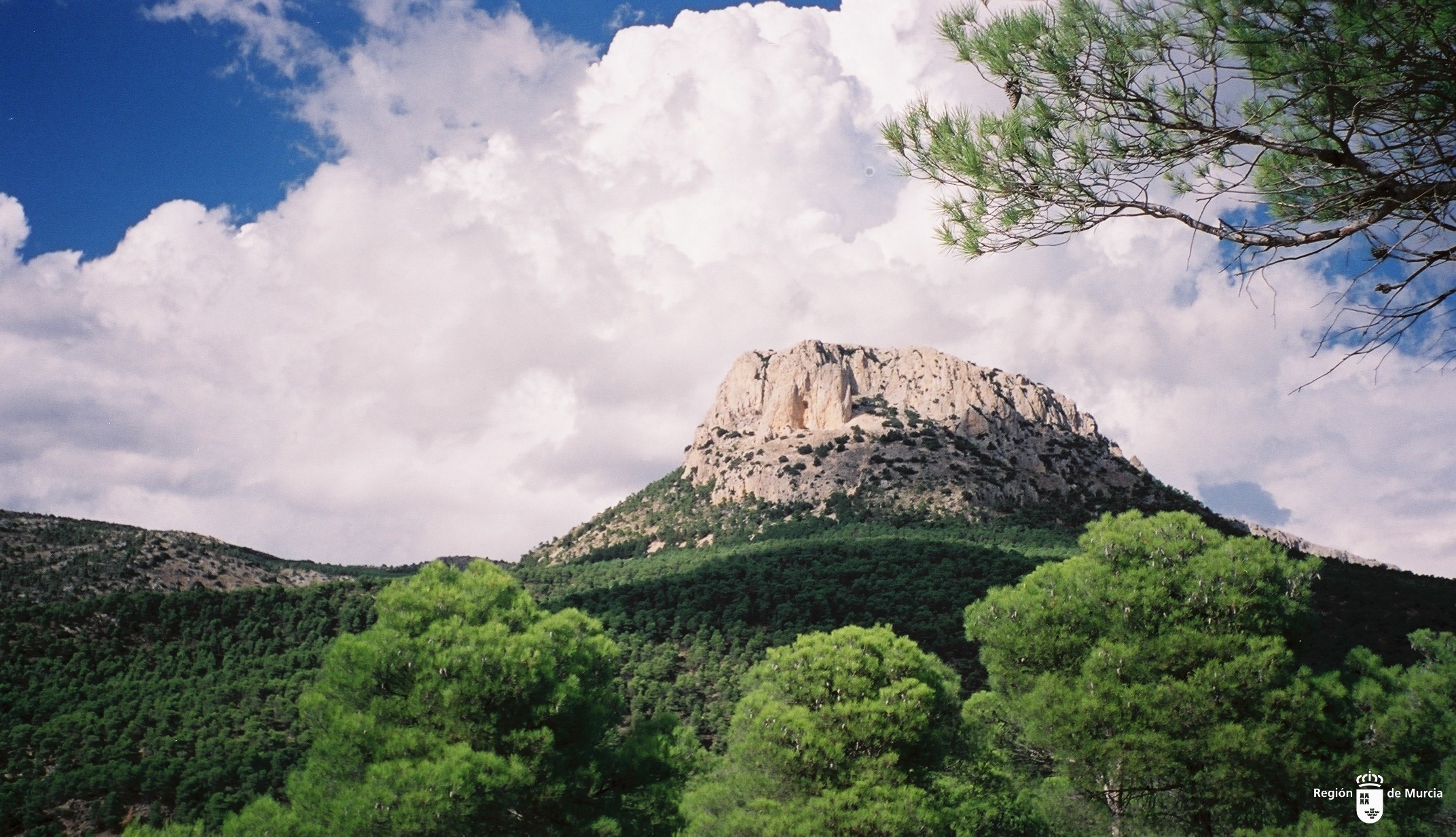Águilas and Lorca Deportiva battle in a historic match of Murcian football

Not many rivalries in Spain have their origins in a year as early as 1901, especially not in the lower divisions. That is just one of the reasons why the derby between Águilas and Lorca Deportiva is considered a classic. Curiously, Águilas has only been founded in 2010, and Lorca Deportiva in 2012. This is enough reason to dive into the derbi del Alto Guadalentín.

Two close cities
In the comarca, an administrative division used in Spain, called the Alto Guadalentín, lie two big cities: Águilas and Lorca. Lorca, on the one hand, is the zone’s capital and has over 90,000 inhabitants, making the city of the biggest in the Region of Murcia. Lorca has a big castle, was a famous city in the past, and is known as the biggest city between Murcia and Almería. Águilas, on the other hand, has only 34,000 inhabitants and is the most southern town in the Murcia Region. The city is famous nationwide for its Carnival, considered Spain’s most important after the editions in Santa Cruz de Tenerife and Cádiz.

Apart from a rivalry between the representative teams of Águilas and Lorca, there exists a feud between the cities, as seems inevitable when being divided by only a few kilometers. Moreover, the cities have rivaled for multiple centuries, and due to increasing globalization, they have been cooperating more than ever.

Águilas
Interestingly enough, Águilas was one of the pioneer cities in the introduction of football in Spain, as football was already practiced here in the 1880s. Some years later, the first football club in Águilas was founded, which folded and was refounded on multiple occasions. Finally, Águilas CF would be the first team to reach the Tercera División (1956) and the Segunda División B (1998).

In the 2000s, the aguileños performed strongly in the Segunda B and were very close to debuting in the Segunda División. However, after an ambitious president mismanaged the club, the debts were impossible to pay off, and the club had no choice but to cease to exist. This happened in 2010.

The successor of Águilas CF would be Águilas Fútbol Club, and already played in the Tercera by 2011. In the following years, Águilas was very close to reaching the Segunda B again, which they only did in 2021. The blanquiazules got relegated in 2022 but bounced back one year later.

Lorca
The history of football in Lorca is a bit more tumultuous. Just like in Águilas, the sport was introduced early, and Lorca FC was founded in 1901. This club would not survive for long, nor would its successors. The first team in Lorca to reach notable heights was Lorca Deportiva CF, reaching the Segunda División in 1984. This led Lorca Deportiva to be the third Murcian club to obtain a spot in Spanish professional football.

The club folded in 1994 and continued officially after a fusion, named Lorca CF, even though the team Lorca Deportiva merged with, Lorca Promesas, was really represented by the new club. Only eight years later, Lorca Deportiva CF was founded, a club that represented the first Lorca Deportiva and also reached the second tier. After two memorable seasons (2005 to 2007), the blanquiazules‘ performances worsened, ending in a slow and tough dissolution in 2012.

After its dissolution, the current club was founded: Club de Fútbol Lorca Deportiva: the third Lorca Deportiva. This team already debuted in the Segunda B in 2017, but without being able to establish itself in the third tier. Actually, the new Lorca Deportiva usually plays in the Tercera. Still, Lorca Deportiva remains the representative team of the city of Lorca.

The Derby
As explained, Águilas and Lorca Deportiva are two relatively new clubs, even though their passion goes back to the years around 1900. Historically, Lorca Deportiva has played in higher divisions, is more successful, has a higher stadium capacity, and its city has more inhabitants than Águilas. Águilas, however, gets its pride from having the second-oldest stadium in Spain and from winning derbies.

An interesting fact about the Águilas-Lorca Deportiva-rivalry is that it has been played since very early in a summer tournament called Trofeo Playa y Sol. This friendly tournament, organized by Águilas, is the oldest summer tournament in Spain, another history-related feat of Águilas. Usually, the two participants are Águilas and Lorca Deportiva, but sometimes other teams from the same zone are invited as well.

The Future
In short, the colors, location, and history make the derby of the Alto Guadalentín a very intriguing one. Luckily, none of these factors will change in the near future, which means that we will enjoy many more derbies, whether these are friendlies or league games. However, Águilas and Lorca Deportiva no longer coincide in the league, as the former now plays in the fourth tier and the latter in the fifth. Still, the rivalry is very notable in the cities and online. This was the derbi del Alto Guadalentín.

SOURCES
- http://historiadelfutbolenlorca.blogspot.com/2008/09/el-torneo-ms-antiguo-de-espaa-desde.html
- http://lafutbolteca.com/club-de-futbol-lorca-deportiva/
- http://lafutbolteca.com/aguilas-club-de-futbol/
- https://www.aguilasfc.es/historia.php
- http://historiadelfutbolenlorca.blogspot.com/
- https://espanaestadios.com/2021/08/11/lorca-estadio-francisco-artes-carrasco/
- https://espanaestadios.com/2018/12/16/aguilas-el-rubial/
- Borchers, L. (2021). GOLAZO. Self-published.
- Borchers, L. (2022). CARA O CRUZ. Self-published.
Leave a comment